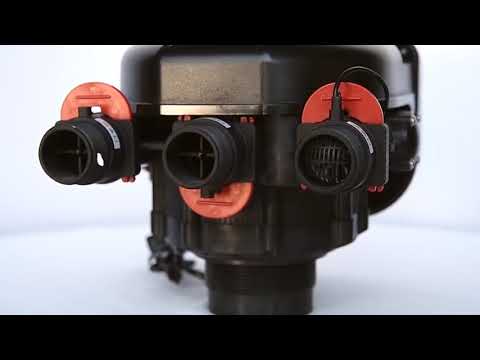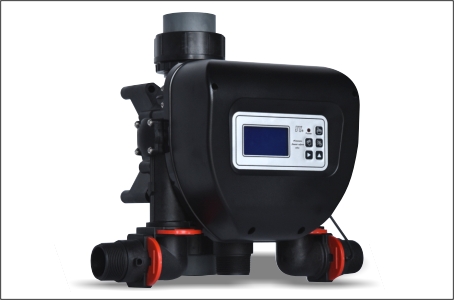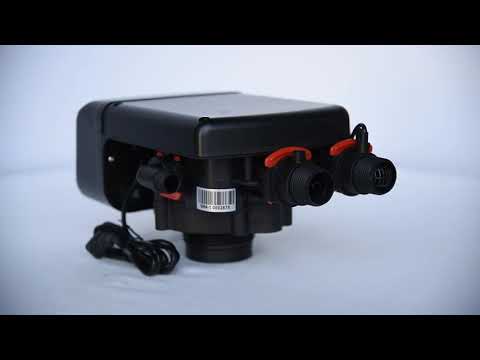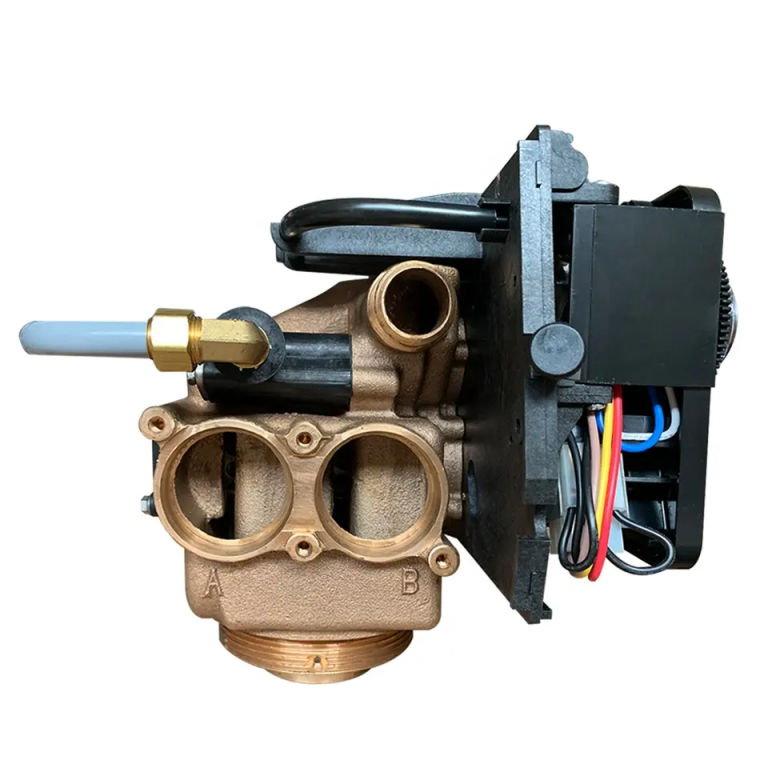“Keep the water flowing: always fully open the valve.”
Benefits of Keeping Water Valve Fully Open
Water valves are an essential component of any plumbing system, controlling the flow of water to various fixtures and appliances in a building. One common question that arises is whether water valves should be fully open or partially closed. In this article, we will explore the benefits of keeping water valves fully open.
One of the primary advantages of keeping water valves fully open is that it allows for maximum water flow to the fixtures and appliances in your home. When a valve is partially closed, it restricts the flow of water, which can lead to reduced water pressure and slower filling times. By keeping the valve fully open, you ensure that water can flow freely and efficiently to where it is needed.
Another benefit of keeping water valves fully open is that it helps to prevent leaks and other plumbing issues. When a valve is partially closed, it can create back pressure in the pipes, which can put strain on the system and increase the risk of leaks developing. By keeping the valve fully open, you reduce the likelihood of these issues occurring, helping to maintain the integrity of your plumbing system.
| Model | Central tube | Drain | Brine tank connector | Base | Maximum power | Operating temperature |
| 9100 | 1.05″ O.D. | 1/2″NPT | 1600-3/8″ | 2-1/2″-8NPSM | 8.9W | 1℃-43℃ |
Additionally, keeping water valves fully open can help to prevent damage to fixtures and appliances. When water flow is restricted due to a partially closed valve, it can put added stress on the components of fixtures and appliances, potentially leading to premature wear and tear. By allowing water to flow freely with a fully open valve, you help to protect your fixtures and appliances from unnecessary damage.
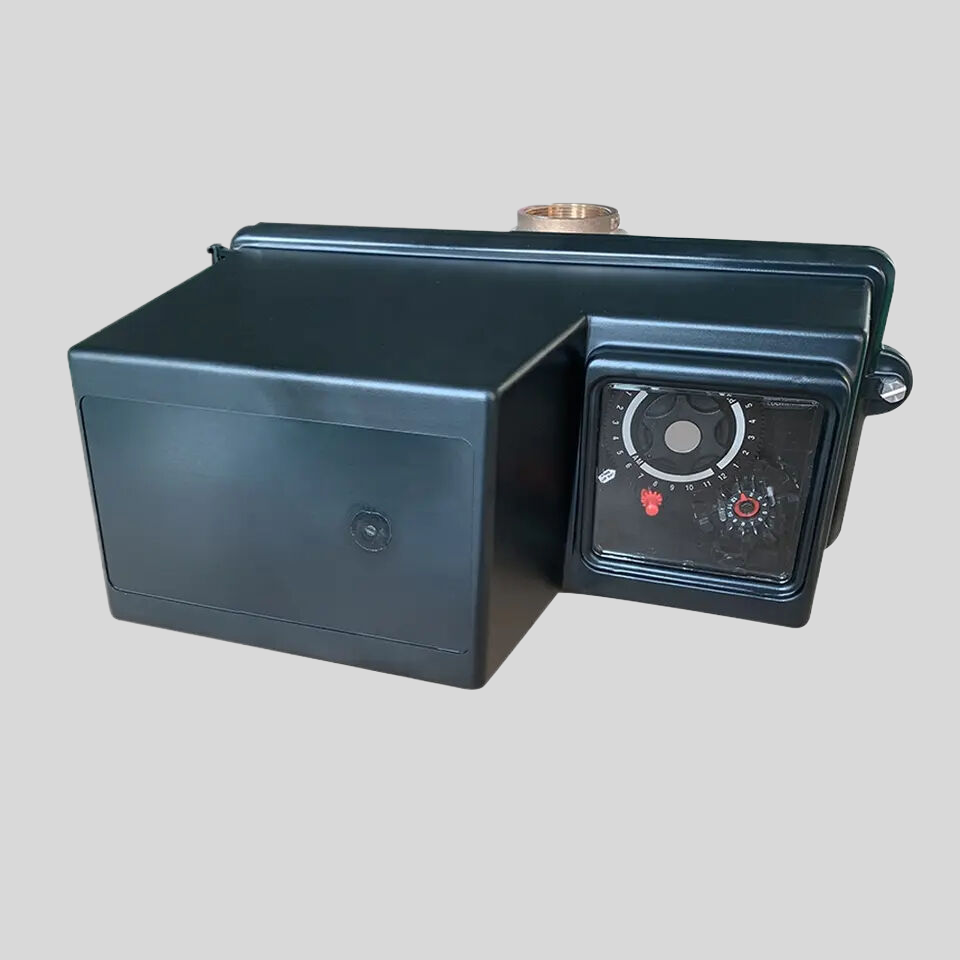
Furthermore, keeping water valves fully open can also help to improve the efficiency of your plumbing system. When water can flow freely, it reduces the amount of energy required to pump water through the pipes, which can lead to lower utility bills. By maximizing water flow with fully open valves, you can help to save both water and energy, benefiting both your wallet and the environment.
In some cases, there may be reasons to partially close a water valve, such as when adjusting water pressure or flow to a specific fixture. However, in general, it is recommended to keep water valves fully open to ensure optimal performance and longevity of your plumbing system.
In conclusion, keeping water valves fully open offers a range of benefits, including maximizing water flow, preventing leaks and damage, improving efficiency, and saving water and energy. While there may be instances where partially closing a valve is necessary, it is generally best to keep water valves fully open to maintain the health and functionality of your plumbing system. By following this practice, you can help to ensure that your plumbing system operates smoothly and efficiently for years to come.

